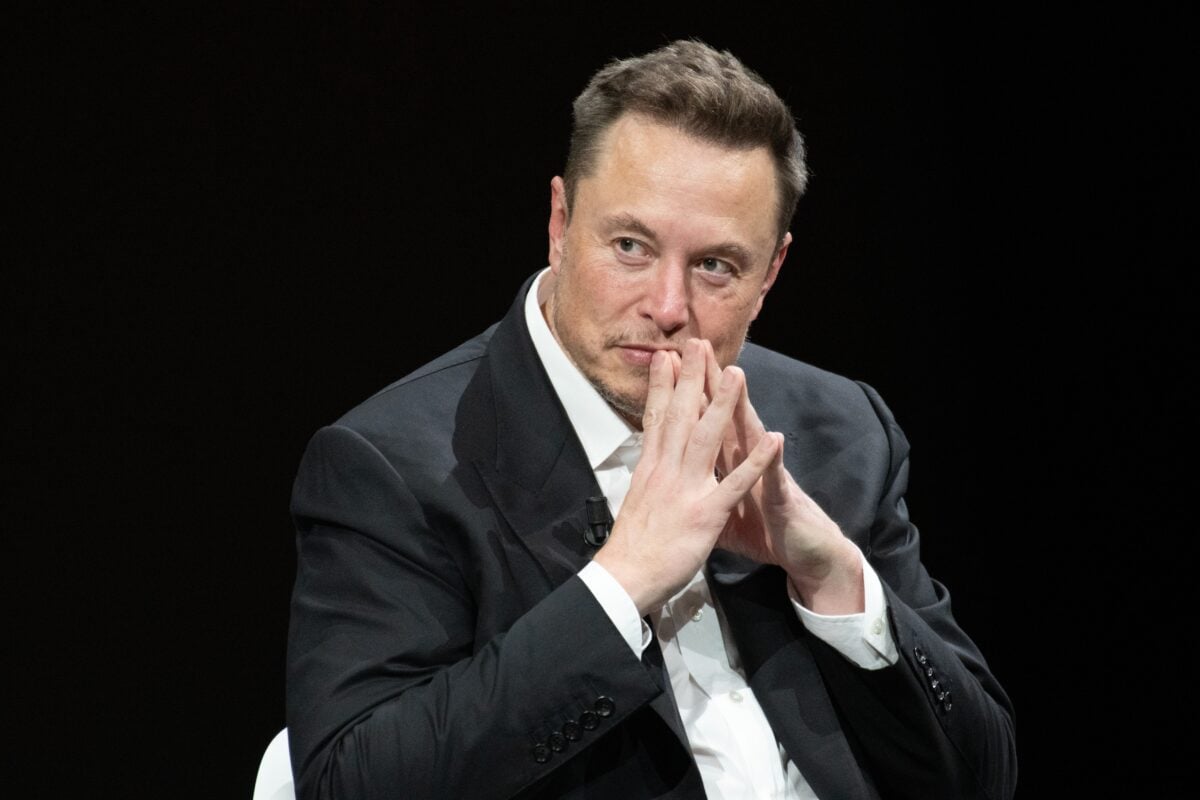TLDRs;
Contents
- Elon Musk says Tesla’s new FSD software could be ready by end of September 2025.
- The upgraded model uses enhanced video compression and a significantly larger AI model.
- Historical delays in FSD rollout raise skepticism over Tesla’s latest ambitious timeline.
- Tesla faces intensifying competition from China’s fast-evolving autonomous driving market.
Tesla is preparing to launch a new version of its Full Self-Driving (FSD) software as early as September 2025, according to CEO Elon Musk.
The upgraded version, announced by Musk on Wednesday, incorporates a significantly larger artificial intelligence model and enhanced video processing to improve real-time driving capabilities.
The development represents Tesla’s latest effort to solidify its lead in the autonomous driving race, despite facing a credibility gap over its self-imposed timelines. Tesla’s FSD remains a Level 2 autonomous system even as the company continues to promise full autonomy in the near future.
Musk stated that the latest version is “10X better” than previous iterations and could be ready for wide release by the end of next month, pending successful internal testing.
Tesla is training a new FSD model with ~10X params and a big improvement to video compression loss.
Probably ready for public release end of next month if testing goes well.
— Elon Musk (@elonmusk) August 6, 2025
FSD Rollout Shadows Tesla’s Financial Hurdles
While the technological upgrade has generated buzz, it comes amid mounting financial and competitive pressure. Tesla reported a 16% decline in automotive revenue for Q2 2025, with European sales particularly weak.
In China, Tesla’s largest overseas market, the company’s performance is also slipping. The Shanghai Gigafactory delivered 67,886 vehicles in July 2025, a drop of 8.4% from a year earlier and 5.2% from June. Overall, the facility saw a 13.7% year-on-year decline in deliveries for the first seven months of the year.
This trend reflects the broader struggle Tesla faces in a highly saturated and rapidly evolving electric vehicle (EV) market, particularly in China, where local brands are expanding aggressively.
Rivals Close the Gap as FSD Tech Matures Globally
Tesla’s edge in AI-powered autonomy is being challenged by emerging Chinese competitors. Huawei, BYD, and Ji Yue are all rolling out advanced driving systems that combine cameras with LiDAR, radar, and high-definition mapping to enhance safety and navigation in urban environments.
Although Tesla benefits from data collected from over a million vehicles worldwide, local rivals are gaining traction with more adaptable technologies and state-backed support. Huawei’s autonomous system, for example, integrates multiple sensor types to navigate complex road conditions more reliably.
This growing sophistication from rivals raises questions about Tesla’s long-term competitiveness if its FSD continues to fall short of full autonomy.
Will Tesla Deliver?
Musk’s history of overly optimistic FSD timelines looms large over the September target. Back in 2019, he predicted fully autonomous Tesla vehicles by 2020. That milestone remains unmet, with drivers still required to monitor the system actively.
Even after removing the FSD option from Tesla’s vehicle configurators in 2018, citing streamlining efforts, Musk promised over-the-air updates would bring full functionality once regulatory approval came through. That approval has yet to materialize.
If this latest iteration of Tesla’s FSD software fails to meet its September goal, it could deepen skepticism from regulators, investors, and consumers alike, especially as rivals move faster with more tangible results.


